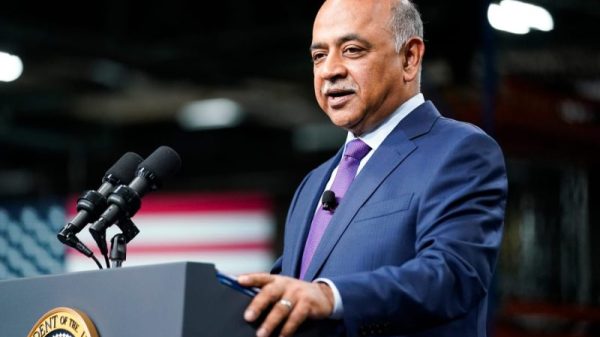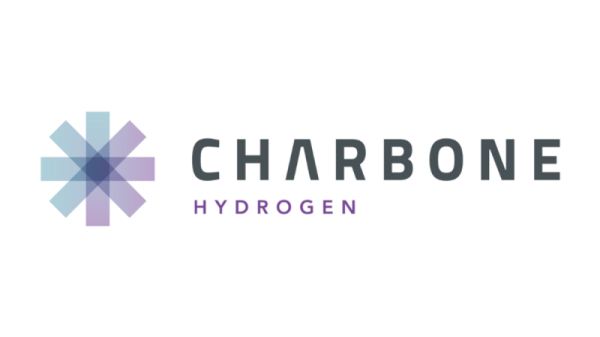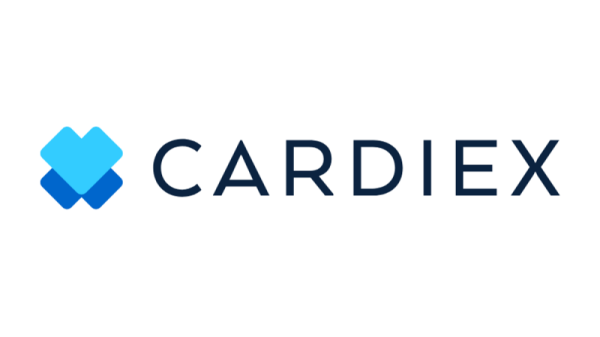Double Declining Balance Method – Explained
The double declining balance (DDB) depreciation method is an accelerated depreciation technique used in accounting to allocate a larger portion of the cost of an asset to the early years of its useful life. Besides, this method is particularly useful for assets that rapidly lose their value or become obsolete quickly. The double declining balance method assumes that the asset will lose value faster in the initial years, which often aligns with the actual usage patterns of certain types of assets.
Understanding the basics of the double declining balance method
At its core, the DDB method involves depreciating an asset at a rate that is double the rate of traditional straight-line depreciation. In straight-line depreciation, an asset’s cost is spread evenly over its expected useful life. The DDB method, however, applies a constant rate of depreciation to the declining book value of the asset each year, resulting in a depreciation expense that decreases over time.
Advantages of DDB depreciation
Tax benefits: Since depreciation is a non-cash expense, higher depreciation in the early years of an asset’s life can lead to lower taxable income during those years.
Taxable income is the amount of income used to calculate how much tax an individual or a company owes to the government in a given tax year. It includes all forms of income, such as wages, salaries, bonuses, rental income, and profits from business operations, but after deductions, exemptions, and allowances are factored in.
For individuals, taxable income starts with gross income from all sources. From this total, various deductions are subtracted. These can include standard or itemized deductions, such as mortgage interest, medical expenses, charitable contributions, and deductions for dependents.
The result after these subtractions is known as adjusted gross income (AGI). Further deductions from AGI, such as personal exemptions (though these are suspended in some tax regimes like the U.S. under recent tax law changes) and contributions to retirement accounts, yield the individual’s taxable income.
For corporations, taxable income is calculated by deducting business expenses, such as cost of goods sold, salaries and wages, business investments, and other allowable expenses, from their total revenues.
Matching revenue with expenses
For assets that are more efficient or productive in the early years, DDB can match higher depreciation costs with higher revenues generated when the asset is most effective.
Flexibility in asset management: By front-loading the depreciation expense, businesses may find it financially easier to replace assets sooner.
Disadvantages of DDB depreciation
Complexity: The calculations involved in DDB are more complex compared to the straightforward straight-line method.
Inconsistent expense recognition: This method results in decreasing expense recognition over time, which might not always reflect the actual pattern of economic benefits derived from the asset.
Asset book value: In the later years, the book value of the asset under DDB can be significantly higher than its market value, potentially leading to a mismatch between accounting valuation and market reality.
Applicability and usage
The double declining balance method is particularly popular in industries where technology changes rapidly, such as information technology and manufacturing sectors with high-tech machinery. These assets tend to become obsolete more quickly, justifying the need for faster depreciation. It is less suitable for real estate or assets with longer, more predictable useful lives.
Accounting and regulatory considerations
Accounting standards and tax regulations significantly influence the choice of depreciation methods. Companies must adhere to the Generally Accepted Accounting Principles (GAAP) or International Financial Reporting Standards (IFRS), which might affect the feasibility and attractiveness of using accelerated depreciation methods like DDB.
What does useful life mean?
In accounting, the term “useful life” refers to the estimated duration for which an asset is expected to be economically usable by an organization, with normal maintenance, without becoming obsolete or excessively costly to operate. This concept is fundamental to the practice of depreciating fixed assets, which allows businesses to spread the cost of an asset over its expected useful life, reflecting its consumption or utility decline over time.
Useful life isn’t just about physical durability it also encompasses economic and functional factors. For example, technological advancements or changes in market preferences can shorten the useful life of an asset due to obsolescence, even if the asset remains in good physical condition.
Conversely, continuous maintenance and upgrades can extend an asset’s useful life beyond what was initially anticipated.
Accounting standards require that the estimated useful life of an asset be reasonable and based on a variety of factors including, but not limited to, the asset’s expected usage, wear and tear from that usage, technical obsolescence, and legal or other limits on the use of the asset.
For example, a company might estimate the useful life of a computer as three years due to technological advancements that could render it obsolete. In contrast, a building might have a useful life of 40 years or more due to its longer durability and slower rate of obsolescence.
Determining the useful life of an asset is crucial because it affects the annual depreciation expense recorded on financial statements. The depreciation method and the estimated useful life impact a company’s net income, tax liabilities, and the reported book value of assets on the balance sheet.
As such, the assessment of an asset’s useful life requires careful judgment and periodic reassessment to reflect more accurately the actual conditions affecting the asset’s economic utility.
Ideal use cases for DDB
High-tech equipment: In industries such as technology or healthcare, where equipment quickly becomes obsolete due to rapid advancements in technology, the DDB method is particularly useful. Assets like computers, medical imaging machines, and manufacturing robots can lose their utility much faster than their ability to function physically.
DDB allows companies to match the depreciation expense with the diminishing economic efficiency of these assets.
Vehicles and heavy machinery: Vehicles, such as delivery trucks, and heavy machinery used in construction and manufacturing, typically experience a steep decline in efficiency and market value in the initial years due to intense use and wear. The DDB method reflects this early decline in value more accurately than methods that allocate depreciation evenly over time.
Tax and cash flow management: For businesses aiming to maximize their cash flow in the short term, DDB can be advantageous because it provides larger tax deductions earlier in the life of an asset. This front-loaded depreciation method reduces taxable income more significantly in the first few years after an asset’s purchase, thus potentially lowering tax bills when the asset is most useful and productive.
Final thoughts
The double declining balance method is a crucial tool in financial management and accounting, helping companies manage their financial records more accurately by aligning the depreciation expense with the actual usage and revenue generation patterns of their assets.
While it offers significant benefits, especially in terms of tax savings and financial planning, it also requires careful consideration to ensure it aligns with a company’s overall financial and accounting strategies.
The post Double Declining Balance Method – Explained appeared first on FinanceBrokerage.


































